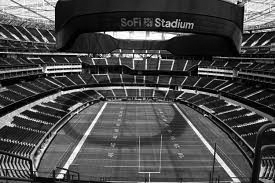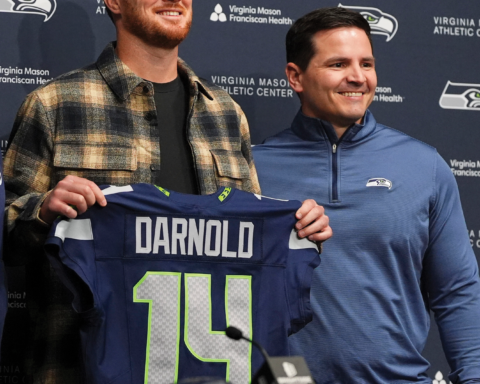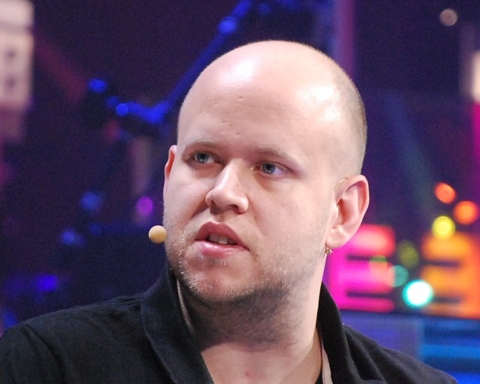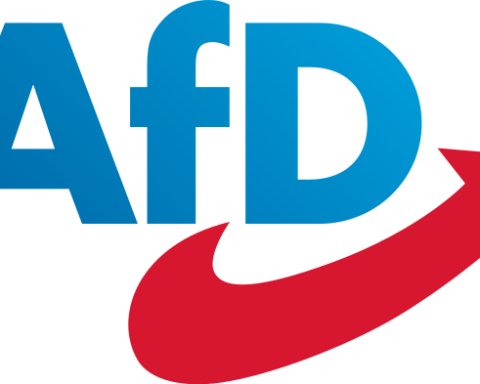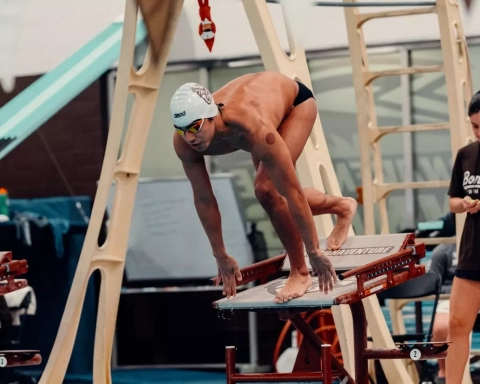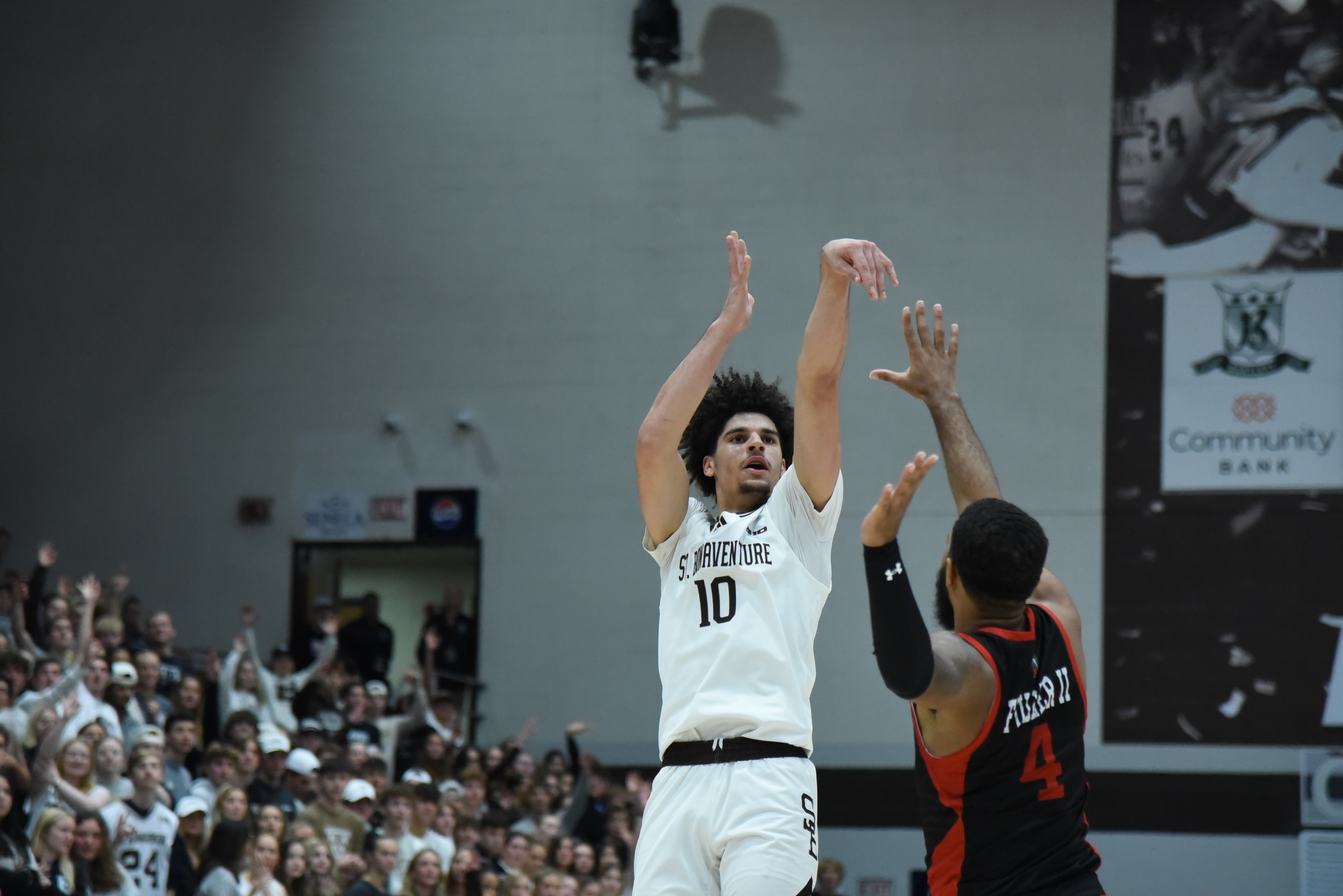BY THOMAS REILLY, EDITOR IN CHIEF
Super Bowl LVI took place in Los Angeles last Sunday, with a halftime show that highlighted the history of West Coast music. With five headlining artists (and a few surprise guests) the show packed a substantial amount of culture into its 12-minute runtime.
The performance opened with Dr. Dre – an LA-born rapper and producer who got his start as a member of N.W.A. in 1988 – sitting at a soundboard. Queuing up his 2000 hit “The Next Episode,” Dre introduced the second headliner, Snoop Dogg, who performed his iconic verse from the track. This led into “California Love,” the 1995 anthem that originally featured Dre and the late Tupac Shakur.
Immediately after “California Love” concluded, the focus shifted to the lower stage, with surprise guest 50 Cent hanging from the ceiling, a reference to his 2002 music video “In da Club.” Surrounded by dancers, 50 Cent performed the song’s riff inverted, then jumped down for the first verse, engulfed by his onstage accompaniment. “In da Club” transitioned into “Family Affair” and “No More Drama,” performed by Mary J. Blige and a team of dancers atop the stage. Blige’s songs – especially the R&B styled “No More Drama” – provided a tonal shift into the smoother, more melodic pop of the early 2000s.
This flow was broken when rapper Kendrick Lamar emerged from a cardboard box in front of the stage. After the refrain of his 2012 hit “m.A.A.d. city,” Lamar launched into a forceful rendition of “Alright,” his platinum-selling 2015 anthem. Flanked by backup dancers in military-style attire, Lamar spit each syllable like a punch, although some lyrics about police were omitted from the track. It is unclear whether this was Lamar’s action or the show itself cutting his sound.
In a burst of smoke, rapper Eminem appeared onstage, beginning his refrain from the 2000 single “Forgot About Dre.” This was immediately followed by Eminem’s diamond-selling single “Lose Yourself,” with surprise guest Anderson .Paak accompanying him on drums. With the other performers looking on, Dre made his way over to the piano atop the stage and the stadium erupted in white light. Eminem took a knee – replicating former NFL player Colin Kapernick’s protest of police brutality – and Dre began the iconic piano lick of “Still D.R.E.” As the rest of the performers joined him center stage, Dre performed his 1999 classic, concluding a show that felt a lot longer than just 12 minutes.
For LA natives, the aesthetic of the Super Bowl Halftime show highlighted both the history of West Coast hip hop and many of the timeless aspects of the city. The stage, while not perfect by any means (too long, compartments were not well-defined, writing on sections was almost illegible) captured the 90’s neighborhood feel of central LA – with accompanying lowriders on the sides. Snoop Dogg, the immortal crip, came dressed in a bandana-patterned blue tracksuit, complete with Rams-style yellow shoulder horns. Kendrick Lamar’s “Alright” and marching dancers echoed the recent protests in the city; in June of 2020, over 30,000 residents marched down Hollywood Boulevard in support of Black Lives Matter, adopting “Alright” as a protest song.
No show is perfect, however. The previously mentioned stage issues made it difficult to locate performers occasionally and appeared too complicated overall. If such issues occurred on the national broadcast, one can only imagine the experience of attendees, without the luxury of drones and multi-cams. Additionally, impactful songs like “Alright” suffered from the absence of controversial lyrics; the same issue occurred on “m.A.A.d city.” While the Super Bowl is a heavily commercialized event intended for all audiences, rap is a genre that thrives off of authenticity – a song’s message cannot be stripped merely for household friendliness. Nevertheless, the event largely managed to capture this feeling throughout and instances of significant omission were thankfully outliers.
There was something fitting about this year’s halftime show, with its multitude of performers and decade-spanning set list. Good, sure, but also simply correct. It had been over 30 years since LA had hosted a Super Bowl and the unspoken consensus was that the halftime show had to be something that represented the culture and legacy of the city itself; the sprawling, endless neighborhood where everyone is from somewhere and no one can ever leave it behind. They got that, at the very least. And it was pretty fun, too.

